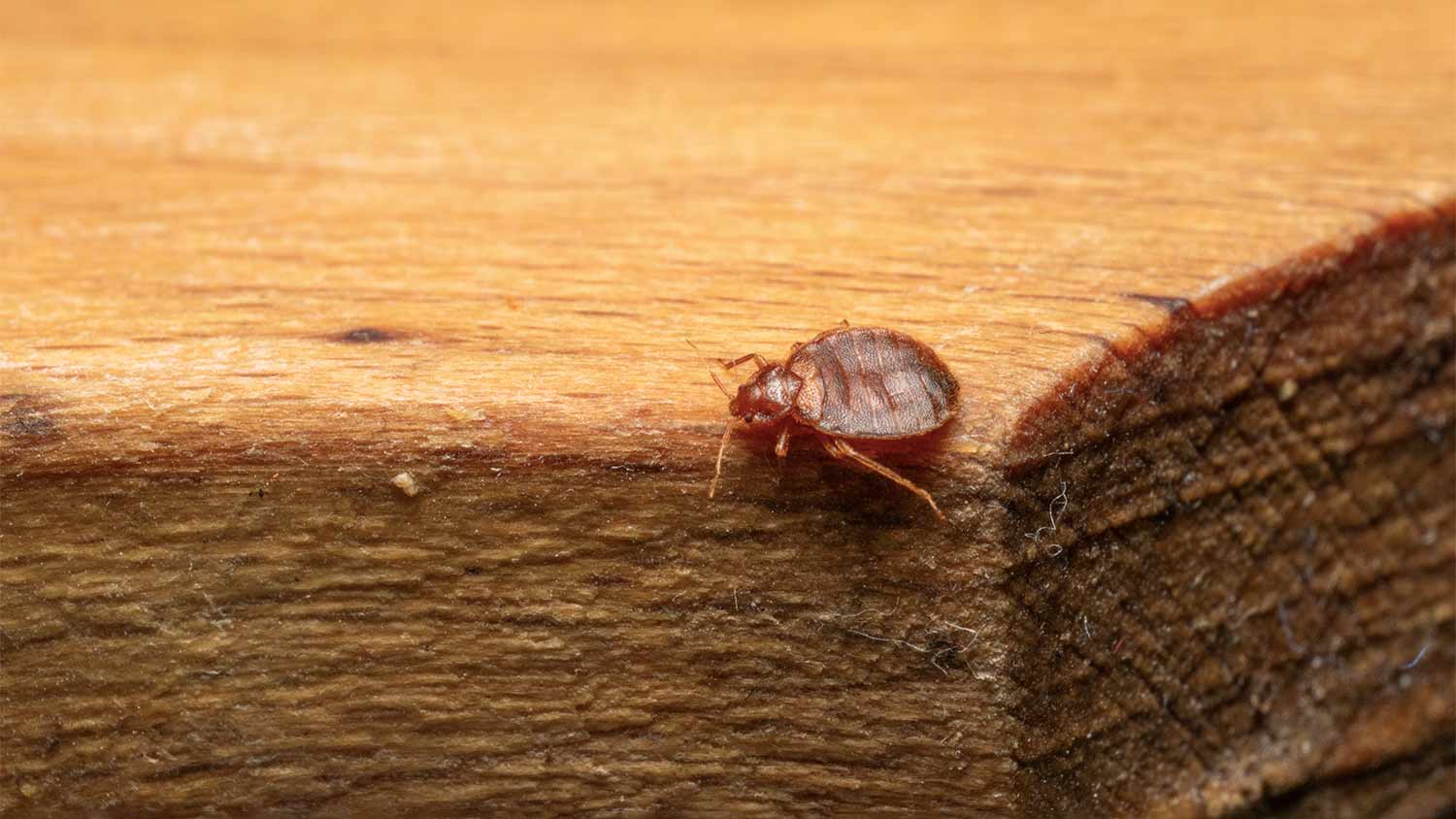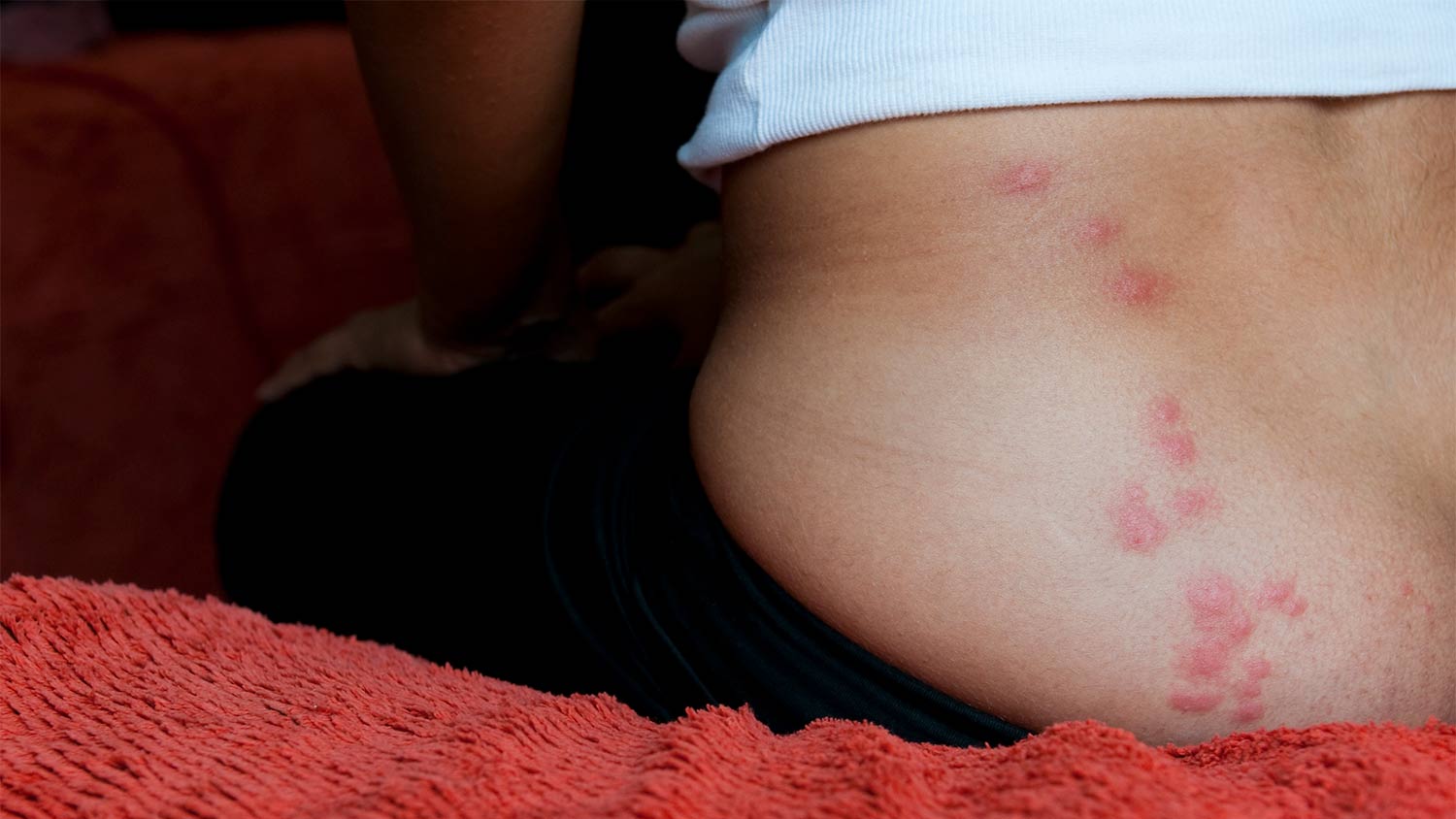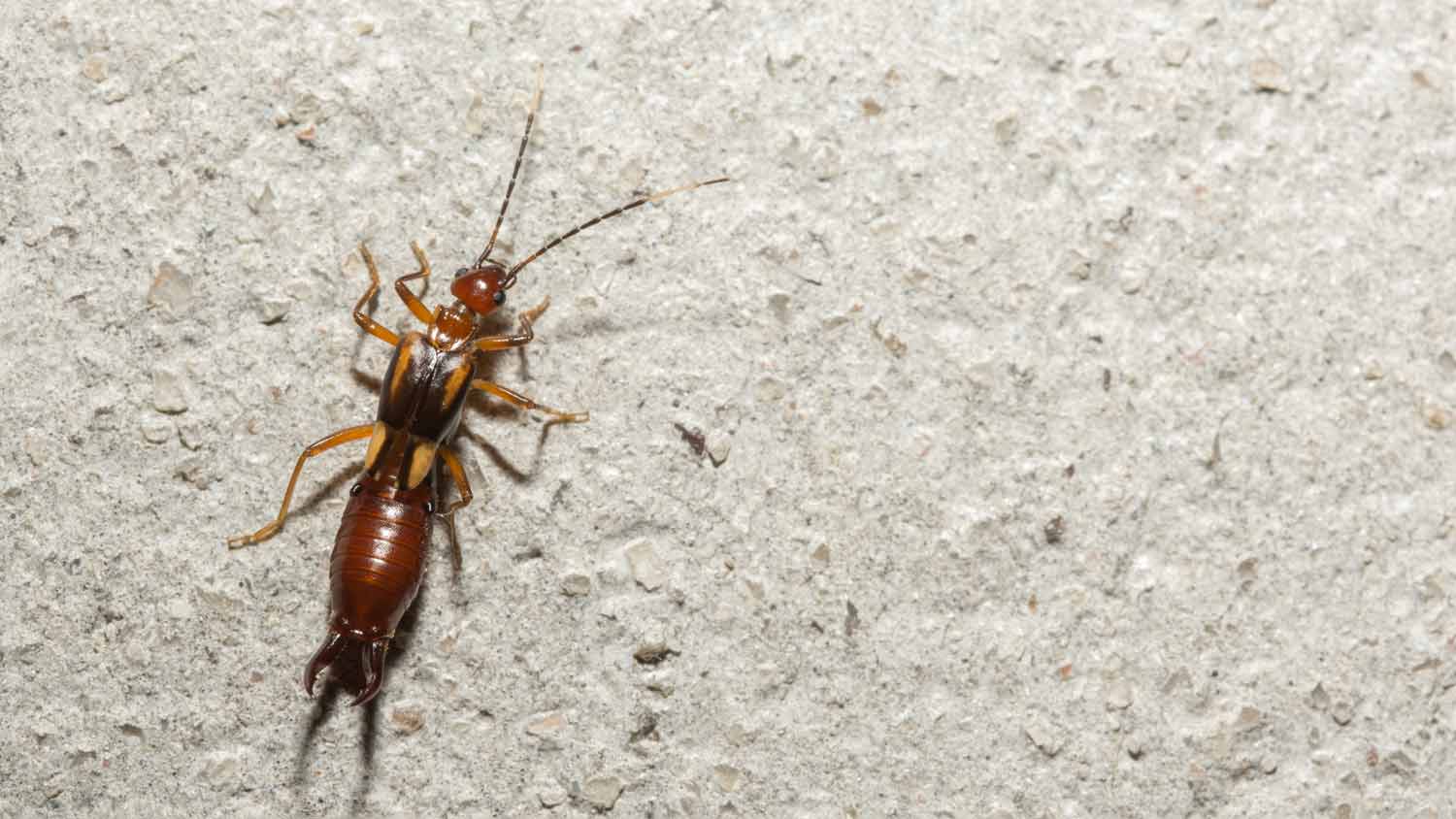
If you discover a wasp nest near your home, you’ll want to remove it ASAP. Learn wasp nest removal cost factors in this guide.
Learn what brought on those baneful bugs


Bed bugs often hitch rides in travel luggage, especially from infested hotels, buses, or airports.
Secondhand furniture and clothing can secretly harbor bed bugs or their eggs, even if they look clean.
Bed bugs love tight, dark hiding spots like mattress seams, bed frames, and furniture crevices.
Hiring a professional bed bug exterminator is the best way to quickly eradicate a bed bug infestation.
While it can seem like bed bugs spawn from the pits of darkness, there’s a more down-to-earth reason they find their way into homes (and it has nothing to do with cleanliness). So, where do bed bugs come from? These pests spread by hitching rides on items that have come into contact with other infested areas. Let’s do a deep dive into where bed bugs come from and what to do if there’s an infestation.

To understand where bed bugs come from, you must learn where you could have picked them up. These are the most common locations where people unknowingly pick up bed bugs and bring them home.
Your travel luggage is one of the top places bed bugs love to hide. Hotels, buses, airports, and even rideshares can be infested. Bed bugs cling to fabric, zippers, and seams, hitching a ride into your home undetected.
Used mattresses, furniture, and clothes can harbor hidden bed bugs or their eggs. Even clean-looking pieces from thrift stores, garage sales, or curbside finds should be carefully inspected, washed, and treated before bringing them indoors.
If you live in an apartment, condo, or duplex, bed bugs can travel between units through vents, walls, electrical outlets, and plumbing. One infested neighbor can quickly turn into a building-wide problem.
Guests who have an active bed bug problem at home may unknowingly bring them over in their bags, coats, or shoes. If any of these come in contact with your soft furniture, bed bugs can hop off and hide until they become active at night.
Bed bugs can also come from public spaces, such as your workplace, a movie theater, a hospital, or public transit. They cling to clothing, bags, or upholstered seats and can hitch a ride home without being noticed.
Bed bugs are primarily attracted to body heat and carbon dioxide, both of which people naturally emit while sleeping. These pests are most active at night, using a person’s warmth and breath to find a host. In addition to heat and CO₂, they’re drawn to natural human scents, especially sweat and worn clothing, which can signal a nearby food source.
If you’re not spotting the insects but finding other signs of a bed bug infestation, you might be wondering where bed bugs come from.
Dark, cluttered areas also attract bed bugs because they provide tight hiding spots close to sleeping areas.
Mattresses, bed frames, and the seams of upholstered furniture are ideal nesting locations.
Used furniture or clothing that hasn't been properly cleaned can unknowingly bring bed bugs into your home, especially if those items came from infested spaces.

If you’re wondering how to check for bed bugs, here are the top signs to look out for:
Rust-colored stains or dark spots on sheets, mattresses, or pillowcases (bed bug droppings or blood)
Shed skins or tiny white eggs in mattress seams, bed frames, or crevices within furniture
Live bed bugs (reddish-brown, oval, the size of an apple seed)
Itchy, red bites, often in lines or clusters
Musty or sweet odor in heavily infested areas
DIY bed bug removal requires a thorough and persistent approach. Start by deep cleaning all affected areas, especially bedrooms. Wash and dry all bedding, linens, curtains, and clothing on the highest heat setting. Use a stiff brush to scrub mattress seams and vacuum the area regularly, including cracks, baseboards, and furniture crevices. Immediately dispose of vacuum bags or clean canisters to prevent re-infestation.
For more serious infestations, it’s best to call a licensed pest control professional. Exterminators may use a combination of treatments, including heat treatment for bed bugs, insecticides, heat or steam to eliminate bed bugs at all life stages. DIY methods like mattress encasements and intercept traps can help monitor progress, but professional intervention from a local bed bug exterminator is often the most reliable way to completely eradicate bed bugs.
From average costs to expert advice, get all the answers you need to get your job done.

If you discover a wasp nest near your home, you’ll want to remove it ASAP. Learn wasp nest removal cost factors in this guide.

Explore the average earwig extermination cost and learn what factors affect pricing, from home size to infestation severity.

Sometimes birds nest in unwelcome places. Find out how much bird nest removal will cost based on factors like location, bird species, and preventative measures.

Noticing a growing number of rats calling your yard or garden home? Here are your best options to deal with them.

Earwigs are drawn indoors by moisture, shelter, and food. Learn why they invade homes and how to keep them out.

Spiders are not the worst houseguests to have, but spider webs and cobwebs sure are frustrating. Follow this guide to delete the unwanted webs for good.